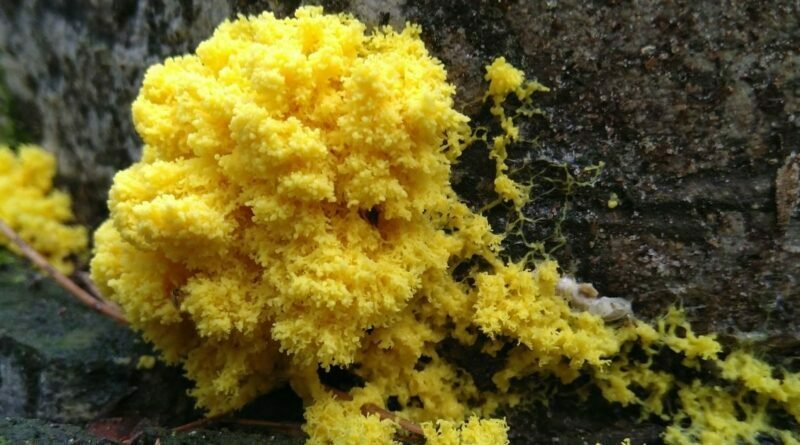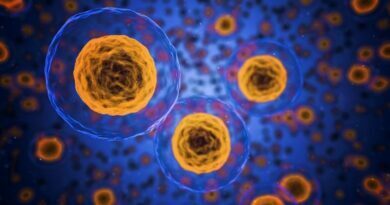The mysterious blob
Have you ever heard of the blob? It is a fascinating creature that is composed of only one cell. The blob can, however, measure up to several meters in diameter. The blob is so mysterious that it looks straight out of a science fiction movie. It is much older than all of us, even older than the plants on this planet since it has been on earth for almost a billion years. Among its peculiarities that fascinate scientists, the blob has no brain, but it is very intelligent and can adapt to its environment in a surprising way. It has no legs but can move optimally to find food. It grows quickly, very quickly since it doubles in volume each day. If we cut the blob into two parts, it becomes two distinct blobs. If we put two blobs in contact, they merge into one blob.
The blob is one of the rare cells visible to the naked eye. Its scientific name is physarum polycephalum. The blob moves on average one centimeter per hour, but if it is very hungry, it can go up to four centimeters per hour. How is this possible without paws or a propulsion system? The blob uses a network of veins in which fluid, called protoplasm, flows. The blob moves essentially for food. When it moves in its environment, it incorporates everything, i.e., bacteria, yeasts, and mushrooms, without a mouth or a stomach.
Last things to know about blobs:
- It is a genius of nutrition because it chooses food that can speed up its growth.
- In the absence of food, it can sleep for nearly two years until the conditions become good again.
- It can learn! For example: if you take two blobs, one that has learned to get used to a substance that it dislikes and one who has not yet had this experience, if we merge these two blobs by making them in touch at least three hours, the new unified blob will keep this learning.
- It can be used in medicine because blob eats bacteria and fungi then secrete antibiotics and antifungals. So it can be very promising in treating some diseases.



